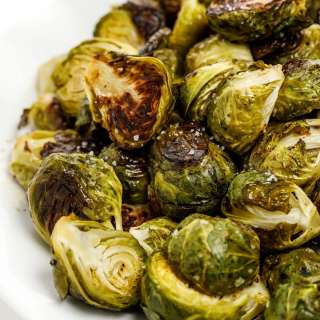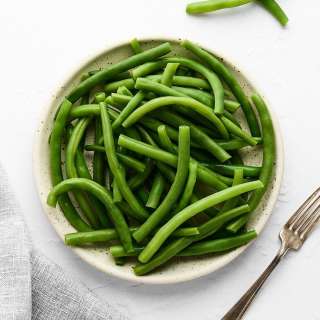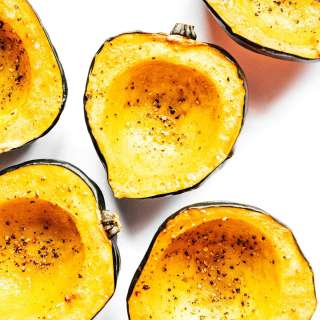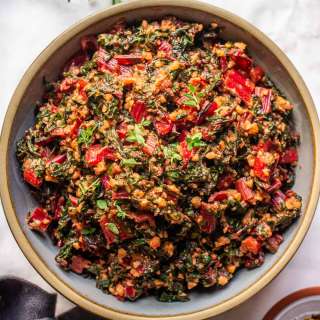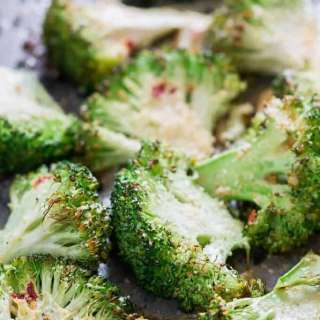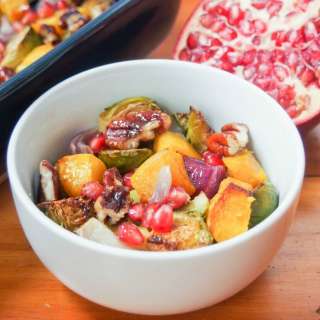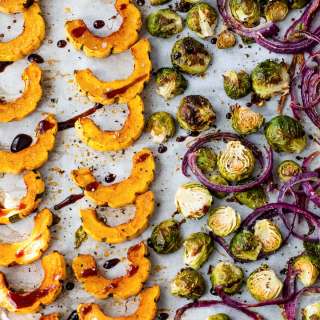
How to Sprout Beans and Legumes (Step-By-Step Guide)
User Reviews
5.0
66 reviews
Excellent

How to Sprout Beans and Legumes (Step-By-Step Guide)
Report
If you've ever considered growing your own food, start with learning how to sprout beans using this helpful guide! It's an affordable way to pack in delicious plant-based protein and nutrients while also making the legumes more digestible (and delicious). Here's our quick start guide to sprouting virtually any legume - verified by over 20 5-star reviews!
Share:
Ingredients
- Dried legumes like chickpeas lentils, black beans, navy beans, or green peas
Instructions
- Soak: Add your chosen dried legume to large bowl or jar and cover with cool water. The water should be a few inches above the legumes – they’re going to expand! Soak for 8 to 12 hours (or overnight).
- Rinse: Rinse well, then place legumes in your sprouting vessel (a wide mouth mason jar works well).
- Drain: Secure a clean cheesecloth (or sprouting lid) over the jar using rubber bands. Prop the jar upside down at an angle to allow water to drip out. A bowl, drying rack, or cooling rack works well.
- Repeat: Rinse and drain the sprouting legumes 2 to 3 times per day (morning, noon, and night works well). Continue this for 2 to 3 days, or until sprouts have reached 1 to 1½ inches long. On the last day, you can expose them to sunlight if you want them to develop a bit of green (chlorophyll).
- Store: Wrap sprouts in a clean cloth or paper towel and set in a clean, airtight container. These won’t keep long, just 2 to 3 days in the fridge, so eat them while they’re fresh!
Notes
- Is sprouting safe? When grown in a sterile environment, sprouts are safe to eat. Given that they're grown in a humid environment, they are a risk for food borne pathogens, like salmonella and e. coli. If you're worried about these (like if you fall into a risk group), saute the sprouts before consuming.
- How do I prevent my sprouts from getting moldy? Mold is usually due to high humidity and poor air flow, so be sure to rinse your sprouts regularly and drain them well. You should also ensure all equipment is sterile.
- Can you cook sprouts? Sprouts can be consumed raw or cooked! To cook, saute them with a splash of oil, or simply stir them into hot soups and stews.
- Can you use canned beans to make sprouts? Canned legumes have already been cooked, so they are not suitable for sprouting.
- Are raw beans toxic? Some uncooked beans, such as kidney, lima, and broad beans, need to be cooked before consuming to remove toxins. We recommend simply not sprouting these beans.
Genuine Reviews
User Reviews
Overall Rating
5.0
66 reviews
Excellent
Other Recipes
You'll Also Love
Cranberry Feta Brussels Sprout Salad with Candied Pecans and Warm Bacon Vinaigrette
American
4.9
(24 reviews)
